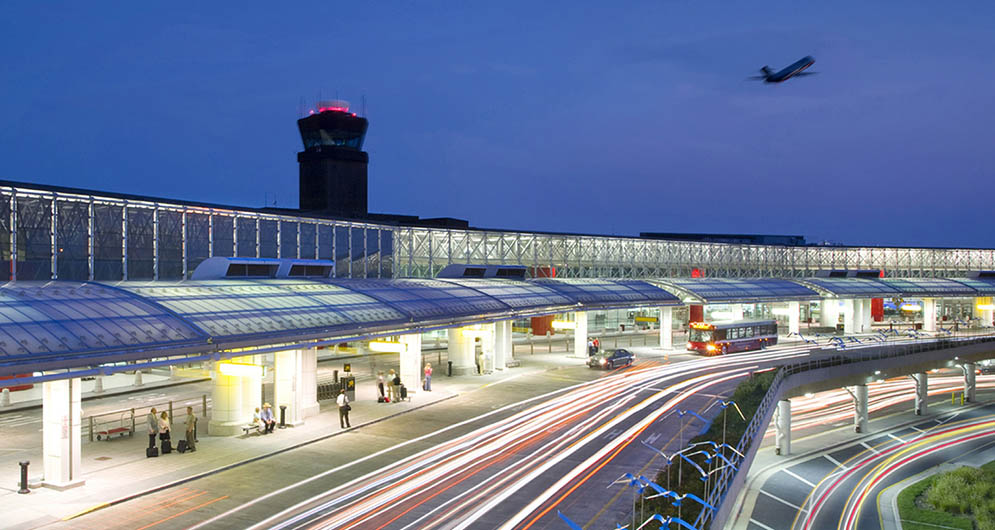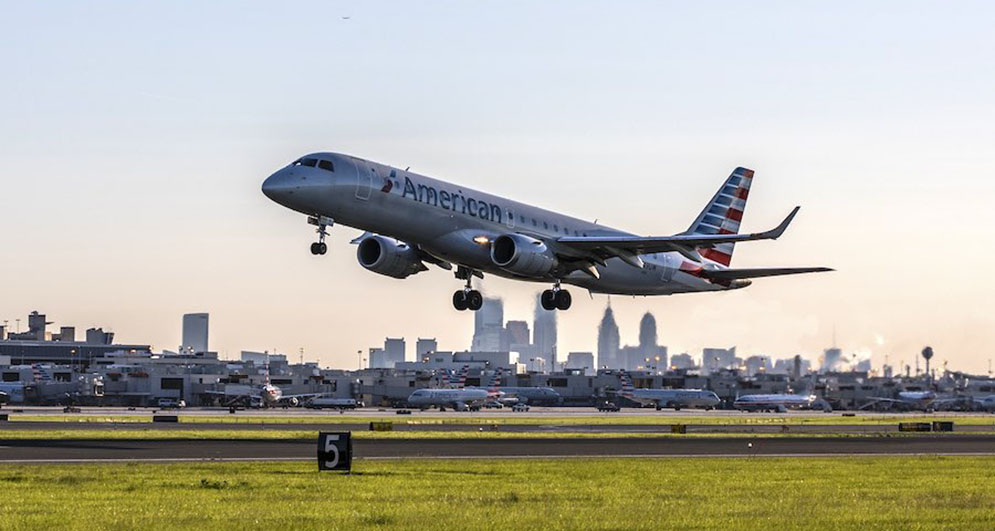There’s something quietly inviting about Philadelphia—the way centuries-old cobblestone streets lead you to vibrant murals and bustling cafés, where Revolutionary-era charm meets modern creative energy. Walking through neighborhoods like Old City or Fishtown, you can sense the layers of history blending seamlessly with a thriving arts scene, cozy coffee shops, and lively markets. But as any budget-conscious traveler knows, planning how to get there can feel like navigating a maze of rising airfares, fluctuating prices, and hidden fees that suddenly inflate your trip costs.
The good news is, with the right strategy and a bit of flexibility, you can fly into Philly without emptying your bank account or compromising your travel plans. Flying to Philadelphia doesn’t have to be an expensive hurdle—especially if you understand when and where to book, which airports to consider, and how to leverage price tracking tools.
This guide will take you through every step—from timing your booking to choosing airports and tracking prices, all designed to help you find the best deals. Whether you’re a spontaneous traveler who can hop on a last-minute flight or someone who plans months ahead, the tips here will give you an edge. Understanding the ebb and flow of airfare costs, knowing which days of the week tend to have cheaper flights, and being open to nearby airports can save you hundreds of dollars.
Stick to these tactics and you’ll find yourself landing in a city rich with culture, history, and flavor, while still having enough in your budget to enjoy its famous cheesesteaks, museum tickets, or a leisurely stroll along the scenic Schuylkill River. Philadelphia’s charm is waiting, and with a little savvy planning, your journey there can be just as rewarding as the destination itself.
1. Understand Fare Patterns and the “Just-Right Window”
Contrary to outdated advice about buying exactly 54 days in advance, airfare now follows unpredictable dynamic algorithms. Some patterns persist:
For domestic flights (e.g. to Philadelphia), experts recommend booking 1–2 months in advance for the best fares. Travel + Leisure notes domestic trips tend to be cheapest 2–8 weeks before departure.
Hopper and others confirm similar wisdom—3–6 weeks ahead remains a reliable window.
But don’t lock in a date immediately. Use fare-tracking tools to monitor prices and act when they dip—comfortably within this timeframe.
2. Choose the Smartest Day to Book—or Just Be Flexible
Scattered reports still cite Tuesday as the cheapest day to book tickets. But recent data shows that airfare fluctuates continuously—there’s no golden hour to buy.
That said, some trends can tip the scales:
Booking on Sundays tends to offer small savings—around 6% for domestic fares and up to 17% internationally.
For flying, traveling on Tuesdays, Wednesdays, or Saturdays tends to yield the best bargains. Avoid Fridays and Sundays, which often carry premium prices.
Bottom line? If your travel dates offer flexibility, aim for midweek departures and return flights as needed.
3. Use Flight Comparison Tools—and the Right Browsing Habits
Tools like Google Flights, Skyscanner, Momondo, and Kayak are your allies—they compare prices across airlines, highlight cheaper dates, and can alert you when fares drop.
Pro tip: Use incognito mode to avoid possible dynamic pricing based on your search history.
4. Consider Nearby Airports and Connecting Flights
Savings can be found by exploring alternate route options:
Connecting flights may save you as much as 50% compared to nonstop travel—worth considering if you don’t mind the extra time.
If Philadelphia isn’t your only option, check flights into nearby hubs—like Newark (EWR), New York City (JFK/LGA), or Baltimore (BWI)—then make your way to Philly by train or bus if it’s cheaper.

5. Sign Up for Alerts—and Don’t Sleep on Sales
Airlines release flash fares at random, and you won’t hear about them unless you’re subscribed. Set alerts with Google Flights, Hopper, or airline newsletters, and sign up for texts or e-mails like Southwest’s FLYDEALS.
Even bigger splashes: discount airlines like Spirit or Frontier occasionally offer rock-bottom fares—but you’ll need to travel very light (carry-on only), as fees for checked baggage can wipe out savings.
6. Bundle Smartly—but Don’t Assume It’s Always Cheaper
You may assume round-trip or bundled tickets are always cheaper—but surprisingly, that’s not guaranteed. Airlines’ pricing models are complex:
In one study, some two-leg tickets sold cheaper than single-leg fares.
Sometimes, booking one-way flights separately—even on different airlines—can work out cheaper than a single round-trip booking.
If your route includes multiple travelers, try booking each person separately. Individual searches sometimes reveal cheaper total fares.
7. Be Baggage-Savvy—and Read the Fine Print
Saving money is about more than just the base fare:
Stick to carry-on luggage. Checked bags and seat selection fees can inflate your total cost by hundreds.
Budget airlines often offer ultra-low base fares—they only look cheap until you pay for baggage, a seat, and even printing your boarding pass.
8. Summary Checklist: The Philly Flight Bargain Playbook
Here’s a quick checklist for locking in the cheapest fare to Philadelphia:
Set price alerts via Google Flights or other platforms.
Search incognito to avoid inflated pricing.
Book 3–6 weeks ahead for domestic travel, but monitor early.
Target midweek travel and booking days (Tuesday–Thursday for booking; Tuesday/Wed/Sat for flying).
Compare nonstop vs. connecting legs; explore alternate airports too.
Travel carry-on only to avoid sneaky baggage fees.
Join airline newsletters and text alerts for surprise promos.
Test one-way and multi-airline combos to cross-check savings.
Be flexible—a small date change could mean a much cheaper fare.

9. A Sample Scenario
Imagine you’re flying from a major city to Philadelphia on a tight budget. You set price alerts and aim to travel midweek about a month later. You notice a fare drop on a Tuesday booking with a Sunday flight, but shifting to a Tuesday flight is $40 cheaper. A separate search shows a one-way flight on Airline A and a return on Airline B is $30 less overall than the round-trip fare—so you book separately.
You fly carry-on only, avoiding bag fees. Then you receive an airline newsletter coupon—20% off for a future flight—and you’re set traveling to Philly without feeling like you compromised on comfort.
Philadelphia welcomes you with open arms—and with the right strategy, your flight doesn’t have to cost a fortune. By combining price tracking, midweek departures, and fare comparisons—including oddball strategies like booking individual legs—you can unlock surprise deals.
But beyond just the thrill of scoring a cheap ticket lies something deeper: the freedom to travel on your own terms. Budget travel isn’t about sacrificing comfort or missing out—it’s about being intentional, flexible, and savvy. It’s about understanding that the journey starts long before you step onto the plane. It starts the moment you decide to outsmart the system and book smarter, not pricier.
Imagine touching down at Philadelphia International Airport knowing you paid half the price of the person in the next seat. While they rushed to book the moment they found a date, you set alerts, watched trends, adjusted by a day or two, and made your move at the perfect time. That feeling—that thrill of playing it right—is one of the best parts of the trip.
Once you land, Philadelphia unfolds like a well-kept secret. It’s a city that greets you not with the grandeur of a major tourist capital, but with the charm of a place that knows exactly who it is. You can stroll down Elfreth’s Alley, the oldest residential street in America, and feel like you’ve slipped into another century. Or wander through the Italian Market, where the smell of roasted peppers, fresh cannoli, and bubbling marinara makes the savings on your flight taste even sweeter.
And let’s not forget: the money you save on airfare isn’t just a number—it’s potential. It’s an extra night at a boutique hotel in Rittenhouse Square. It’s entry to the Franklin Institute or the Barnes Foundation. It’s a full day exploring Fairmount Park by bike, or a decadent dinner at Zahav, where modern Israeli cuisine meets Philly grit.
Because here’s the truth: the best travel experiences don’t come from blowing your budget. They come from knowing how to spend it wisely. And airfare? That’s the first—and often biggest—test of your strategy. Master it, and you’ll unlock the freedom to go further, stay longer, and do more.
So keep your eyes on the price dashboard, your dates flexible, and your curiosity high. Explore every tool at your disposal, from fare calendars and flight alerts to alternate airports and smart baggage planning. Learn the patterns, know when to pounce, and don’t be afraid to experiment.
Philadelphia is waiting—with its murals, museums, markets, and unmistakable energy. And now you know: getting there doesn’t require deep pockets, just a clever plan.
Step off the plane with confidence. You didn’t just arrive in one of America’s most fascinating cities—you arrived empowered, unburdened, and ready to explore. All on a budget that still leaves plenty of room for that second (or third) cheesesteak.
